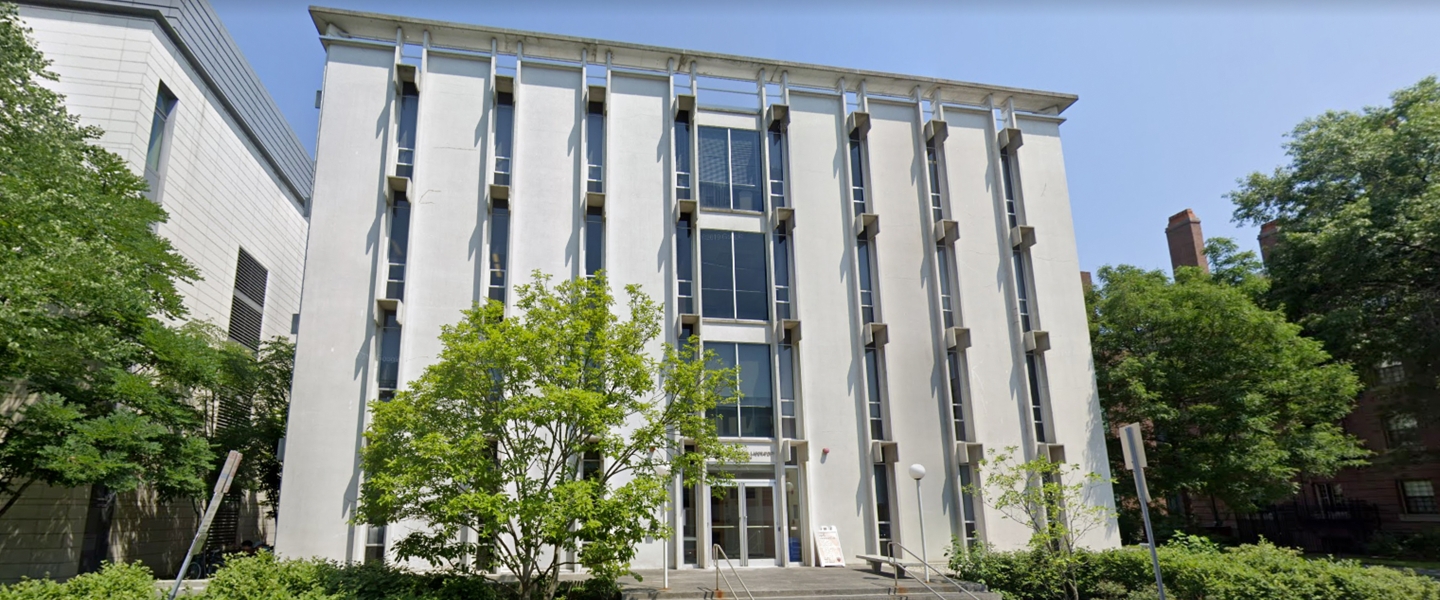Virtual Tour
Tour Stops
Tour Stops
https://seas.harvard.edu/tour/allston/1/science-and-engineering-complex-sec
https://seas.harvard.edu/tour/allston/2/114-western-avenue
https://seas.harvard.edu/tour/allston/3/east-atrium
https://seas.harvard.edu/tour/allston/4/main-atrium
https://seas.harvard.edu/tour/allston/10/engineering-yard
https://seas.harvard.edu/tour/allston/5/lower-level-1
https://seas.harvard.edu/tour/allston/6/lower-level-2
https://seas.harvard.edu/tour/allston/9/library
https://seas.harvard.edu/tour/allston/9/upper-floors
https://seas.harvard.edu/tour/allston/11/classrooms
https://seas.harvard.edu/tour/allston/12/allston-neighborhood
https://seas.harvard.edu/tour/allston/8/sustainability
https://seas.harvard.edu/tour/allston/7/active-learning-labs
https://seas.harvard.edu/tour/cambridge/1/harvard-yard
https://seas.harvard.edu/tour/cambridge/2/science-center-and-seas-history
https://seas.harvard.edu/tour/cambridge/3/labs-cruft-lise-mckay
https://seas.harvard.edu/tour/cambridge/4/pierce-hall
https://seas.harvard.edu/tour/cambridge/5/maxwell-dworkin
https://seas.harvard.edu/tour/cambridge/6/northwest-building
https://seas.harvard.edu/tour/cambridge/7/engineering-sciences-lab
7. Engineering Sciences Lab
The Engineering Sciences Lab (ESL) located at 58 Oxford Street houses SEAS labs researching bioengineering and environmental sciences & engineering.
ESL was designed by internationally-known architect Minoru Yamasaki (famous for his design of the World Trade Center in New York City) specifically as a high temperature gas lab.
The building was flexible for the purposes of experimentation on gases—“the walls and ceilings are lined with channels of space, approximately two feet by three feet, through which piping of all sorts can be easily run” (Harvard Crimson)—and the precast concrete system was important in the design. Since its creation the building has been renovated several times to modernize the interior.
On the northern end of the SEAS campus, the four-story building has its own entrance off Oxford Street.
- Built: 1964
- Architect: Minoru Yamasaki
- Program: Laboratories, Graduate Student Space
- Areas/Offices: Bioengineering and Environmental Science and Engineering
- Gross SF: 38,760 GSF
